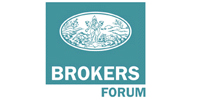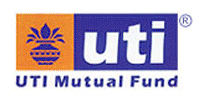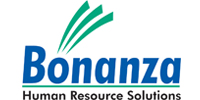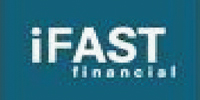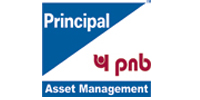The objective of the Accredited Financial Analyst® Program is to equip candidates with both basic and advanced skills required by a Financial Analyst in performing his tasks and duties as a Financial Analyst, Research Analyst and Investment Banker.
The AFA® Programme is continuously updated by practitioners to ensure that what you learn remains relevant in today's finance industry.
The AFA Education Program focuses on sharpening three components
The Program helps in
- Acquiring core understandings in and across the disciplines that contribute to the domain of Financial Analysis and Research including Financial Statement Analysis, Corporate Finance, Financial Modelling and Financial Report Writing.
- Relating these conceptual frameworks to dimensions of practical areas on the ground.
- Providing candidates with opportunities to encounter and critically engage with instances of both challenging problems and attempted interventions by a Financial Analyst.
- Engage with the complex financial markets, human attitudes and investment lifecycles.
- Explore the ethical and personal dimensions of Financial Analysis and understand the ethical responsibilities of a Financial Analyst.
The Curriculum of AFA® Consist of two levels
Level 1 : Foundation Level Consisting of 5 Units.
Level 2 : Advanced Level Consisting of 5 Units.
The candidate goes through the above 10 Units through either through Class Room Mode or Distance Learning Mode and clear the requisite exams to complete the academic requirements of the Board of Standards. The completion of the academic criterion ensures that the candidate has the requisite knowledge and skills to work as a Financial Analyst.

Level 1
| Unit No. | Name of the Unit |
|---|---|
| UNIT 1 | Introduction to Financial Markets |
| UNIT 2 | Quantitative Techniques and Methods |
| UNIT 3 | Financial Statement Analysis |
| UNIT 4 | Corporate Finance |
| UNIT 5 | Fixed Income Security Analysis |
Level 2
| Unit No. | Name of the Unit |
|---|---|
| UNIT 6 | Equity Valuation |
| UNIT 7 | Derivatives and Alternate Investments |
| UNIT 8 | Portfolio Management Strategies |
| UNIT 9 | Behavioural Finance |
| UNIT 10 | Advanced Financial Analysis |

 Request More Information
Request More Information


